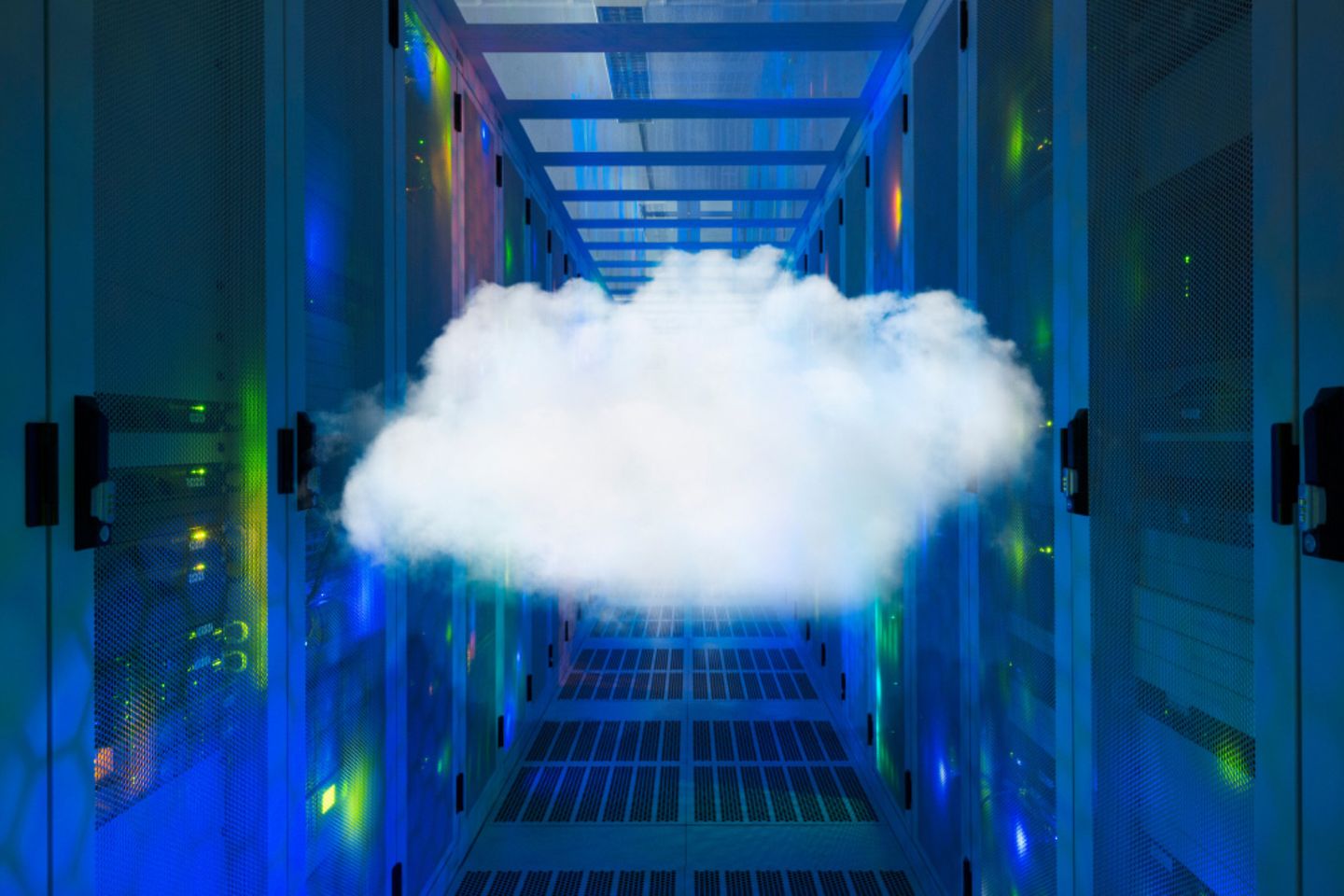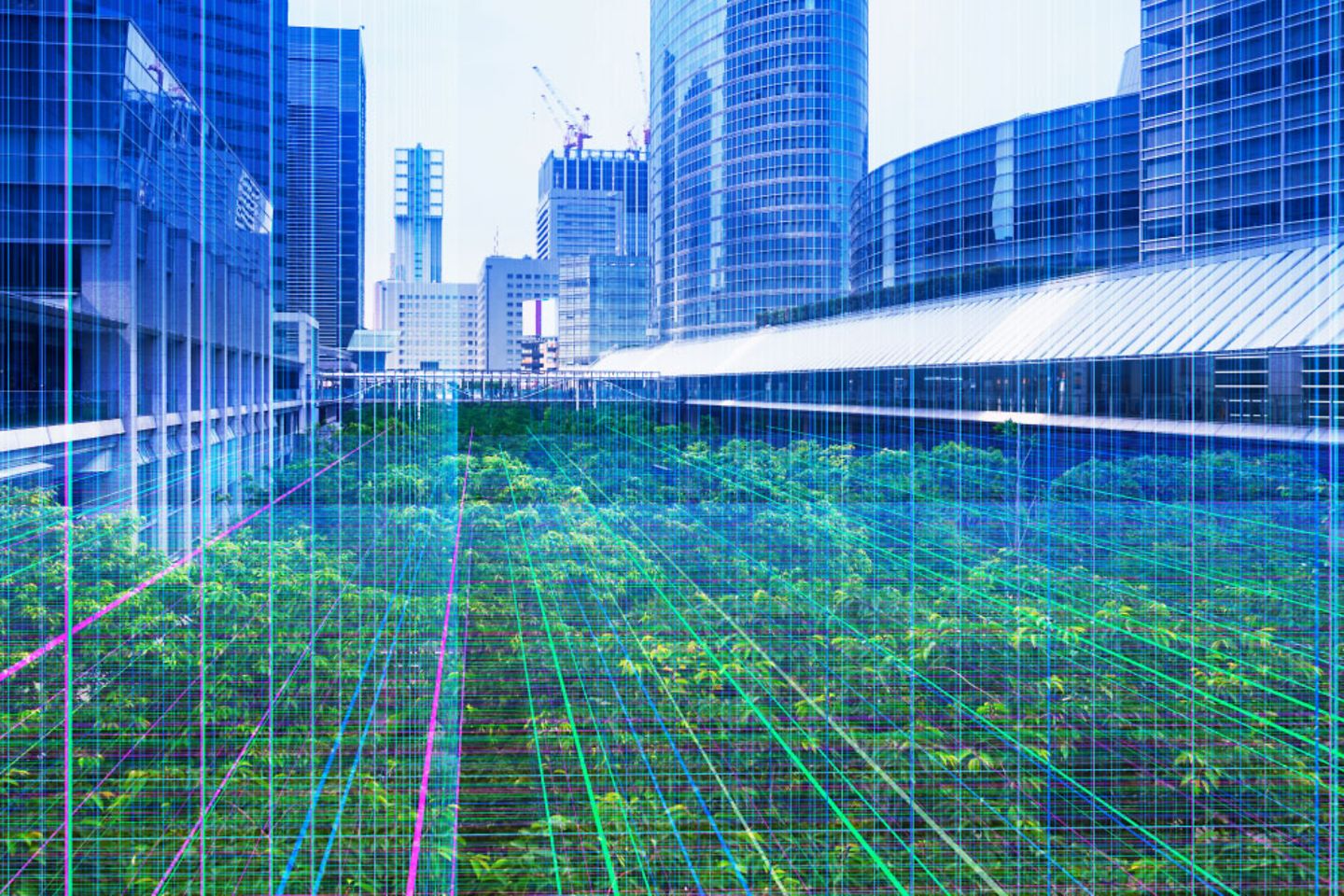
Digitization enables many opportunities for a more sustainable future. But at the same time it contributes to climate change, especially if we do not implement it efficiently and effectively. Therefore, we urgently need transparency and clear standards against which companies can measure the footprint of their cloud infrastructures.

As is often the case, there are two sides of the coin - also with digitization and the use of the cloud. One of the positive effects is that if companies migrate their applications and workloads into the cloud of a large provider, the electricity-intensive resources are shared in data centers with other parties. Furthermore, data center operators continuously optimize their energy consumption through scale effects, higher degrees of utilization and the efficient use of hardware. It is comparable with more people using public local transport instead of getting in their cars. Large data center operators usually also have considerably more energy-efficient infrastructures and cooling systems at their disposal - an essential factor for power consumption.
Despite the positive effects, digitalization as a whole also has a negative impact on the environment. In 2018, according to studies from the Uptime Institute, data centers were already responsible for 0.8 to 2 percent of global power consumption. As the future cannot happen without digitalization, we need to take effective measures right now to curb the CO2 emmisions produced as a result - also with regard to the cloud. Moreover, standardized measurement methods are needed to measure the climate effect of IT infrastructures in a unified way. Only then can companies ensure that they are investing in the right technology.
The different actors in the digital economy are aware of this responsibility and are therefore formulating ambitious climate goals more and more frequently. Deutsche Telekom is the same: we want to be climate neutral by 2025. We have for example formed a comprehensive partnership recently, with Shell, to accelerate this project. In the future, the company will provide our US locations with electricity made from 100 percent renewable energies. In return, we will renew the cloud landscape and install over 10,000 EV charging stations for electric cars for Shell in Germany.
The increased awareness of ecological footprint is no longer just a social issue, but is a concern across all industries. According to KPMG, 65 percent of companies now publish goals for the reduction of their CO2 emissions. Sustainability is no longer a question of appearances. In the future, companies must increasingly measure themselves against the ecological consequences of their actions. This therefore shifts general business ethics considerably, towards more sustainable perspectives.

The European Commission is already working on its own legislative proposal to counteract the greenwashing trend - a fake show of environmental awareness and responsibility. The goal of this initiative: if companies advertize their products and services as especially sustainable, they should also prove this in the future using standardized methods. Precisely these standards and benchmarks are required to map CO2 emissions from IT services more transparently.
Solutions like the Azure Sustainability Calculator or the T-Systems Energy Dashboard are already showing what is possible. But this is just the beginning: as a member of the Climate Neutral Data Centre Pact , we are working actively on the development of reliable sustainability data for the cloud to support a holistic approach. At the same time, in the course of its project Green Cloud Computing (GCC), the Fraunhofer IZM is researching methods to measure the influence of cloud services on the environment as precisely as possible. In a joint study with the Federal Environment Agency and Institute for Applied Ecology, researchers have already demonstrated, with the help of application examples, how the GCC methodology can reliably measure and depict the environmental factors of individual cloud services.
Companies need these unified standards, not only to implement their own climate goals more consistently, but also to present their CO2 footprint to customers more transparently. A growing number of business partners are demanding this information so that they can better evaluate the sustainability of their value chains. I am talking about my own experience here: many of our large customers from sectors like the automotive, transport and energy supply industries are actively enquiring about the CO2 footprint of our cloud solutions. This is making unified data on the sustainability of products and services an important competitive factor for the future. In the end, the motivation to have a better understanding of one's own sustainability should mainly be driven by business ethics, as companies will have to measure themselves to an increasing degree against these in the future.